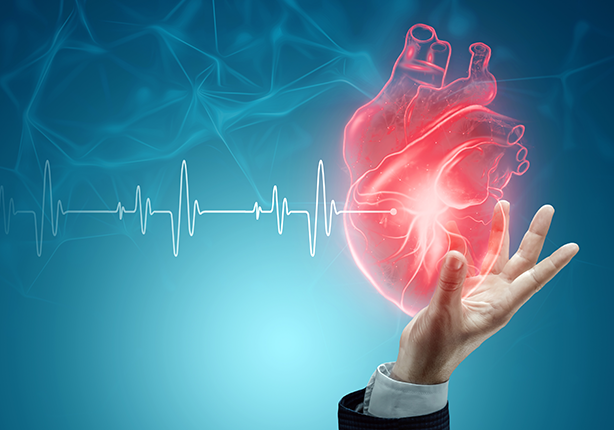

EECP-Enhanced External Counter pulsation is an FDA-approved, non-invasive, non-surgical and outpatient medical therapy for the treatment of angina, congestive heart failure, acute myocardial infarction, and cardiogenic shock. During the treatment, blood pressure cuffs, wrapped around your legs, squeezed and released In sync with your heart beat, promoting particularly to your heart. In the process, ECP develop new pathway around blocked arteries in the heart by expanding network of tiny blood vessels (collaterals) that help increase and normalize blood flow to the heart muscle. For this reason, it is often called the NATURAL BYPASS.
EECP therapy consists of a system of three sets of inflation pressure cuffs wrapped around the calves, thighs and hips and then rapidly inflated and deflated in sync with the patient’s heart beat. Using heart monitor, the cuffs sequentially inflate with air when the heart relaxes and deflate when heart pumps. The timing of the inflation and deflation makes it easier for the heart to pump and increase blood supply to the heart.
EECP causes immediate and sustained increase in heart’s blood supply by:
1. Arrhythmias that interface with machine triggering (need rate controlling)
2. Bleeding diathesis(INR must be< 2.5)